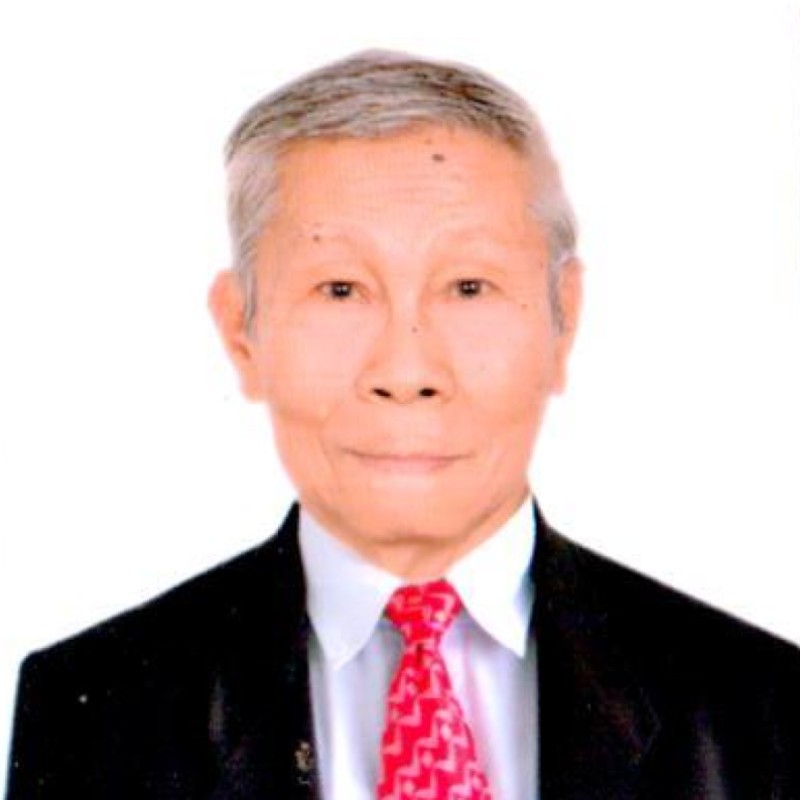GLIMPSES & GAZES
By Severino C. Samonte
The 'New Society' parliaments of 1976-1985
Share
In my column last week, I partially discussed the niceties, in my view, of the modified unicameral federal system of government introduced through the 1973 Constitution under the "New Society or Bagong Lipunan" concept of then President Ferdinand E. Marcos Sr. (Dec. 30, 1965-Feb. 25, 1986).
I particularly liked what I noted as the speedy process of enacting necessary laws and resolutions by the members of the then Batasang Bayan (1976-1978), Interim Batasang Pambansa or IBP (1978-1984), and Regular Batasang Pambansa (1984-1985).
Being a unicameral assembly, there were minimal disagreements and debates among its members during sessions and discussions about vital measures usually proposed by the administration.
According to the book, "Foundations of Freedom (A History of Philippine Congresses)" written by veteran legislative writer and editor Jose P. Abletez in 1989, the IBP's birth was provided for in the Transitory Provisions of the 1973 Constitution as originally approved.
Abletez recalled that the Charter called for an interim national assembly "to pave the way for a change-over from the presidential to the parliamentary system." However, the Filipino people expressly rejected the interim national assembly in a referendum, "convinced that it carried the seeds of the old Congress."
Instead, the people overwhelmingly opted for the creation of the interim Batasang Pambansa. This led to the establishment of the Batasang Bayan in September 1976 as the transitional advisory body that paved the way for the emergence of the IBP two years later.
The regular Batasang Pambansa (BP) was established in 1984 as the final step toward the restoration of the legislative branch of the government which ceased to function after the declaration of martial law in September 1972 and the enforcement of the 1973 Constitution the following January.
The regular BP members elected a prime minister in the person of then Finance Minister Cesar E.A. Virata and then Local Government Minister Jose A. Roño as deputy prime minister.
Abletez narrated that the BP was supposed to serve for six years (from 1984 to 1990) but it lasted for only over a year because it had to adjourn in September 1985 for the Feb. 7, 1986 snap presidential and vice presidential elections.
In his book, Abletez quoted then BP Assistant Minority Leader Neptali A. Gonzales as saying in a press conference in September 1985:
"In spite of the fact that it is KBL (Kilusang Bagong Lipunan)-dominated and the membership ratio is 3 to 1, yet the record will show that some of the bills that had been passed during the sessions are opposition bills, and opposition members were given the opportunity to sponsor even bills of substantial character which was unheard of in the old Congress."
The controversial results of the snap elections affected not only the 21-year-old Marcos administration but also the 13-year-old 1973 Charter. The ensuing People Power Revolution of Feb. 22-25, 1986 forced the Marcos family to leave Malacañang for Hawaii. This opened the way for the installation of a new government with Mrs. Corazon C. Aquino, widow of slain former Senator Benigno S. Aquino Jr., as president and former Senator Salvador H. Laurel as vice president.
As a further result, the Batasang Pambansa was dissolved in March 1986 and replaced with the present bicameral legislature composed of the revived Senate and House of Representatives under the 1987 Constitution.
The Abletez book said that although short-lived, the Batasang Pambansa passed scores of notable measures even as it chalked up a number of "firsts" in Philippine legislative annals.
"For one thing, its members adopted the official title MP as used by other legislators in countries with parliamentary systems of government. Its deputies came to be known as Members of Parliament, whose initials also came to mean as Mambabatas Pambansa," Ablelez wrote.
Comments
About the Columnist

He began his journalistic career by contributing to the Liwayway and Bulaklak magazines in the 1960’s. He was the night editor of the Philippine News Service when Martial Law was declared in September 1972. When the Philippine News Agency was organized in March 1973, he was named national news editor because of his news wire service experience.
He retired as executive news editor in 2003. He also served as executive editor of the Malacanang-based Presidential News Desk from 1993 to 1996 and from 2005 to 2008.
